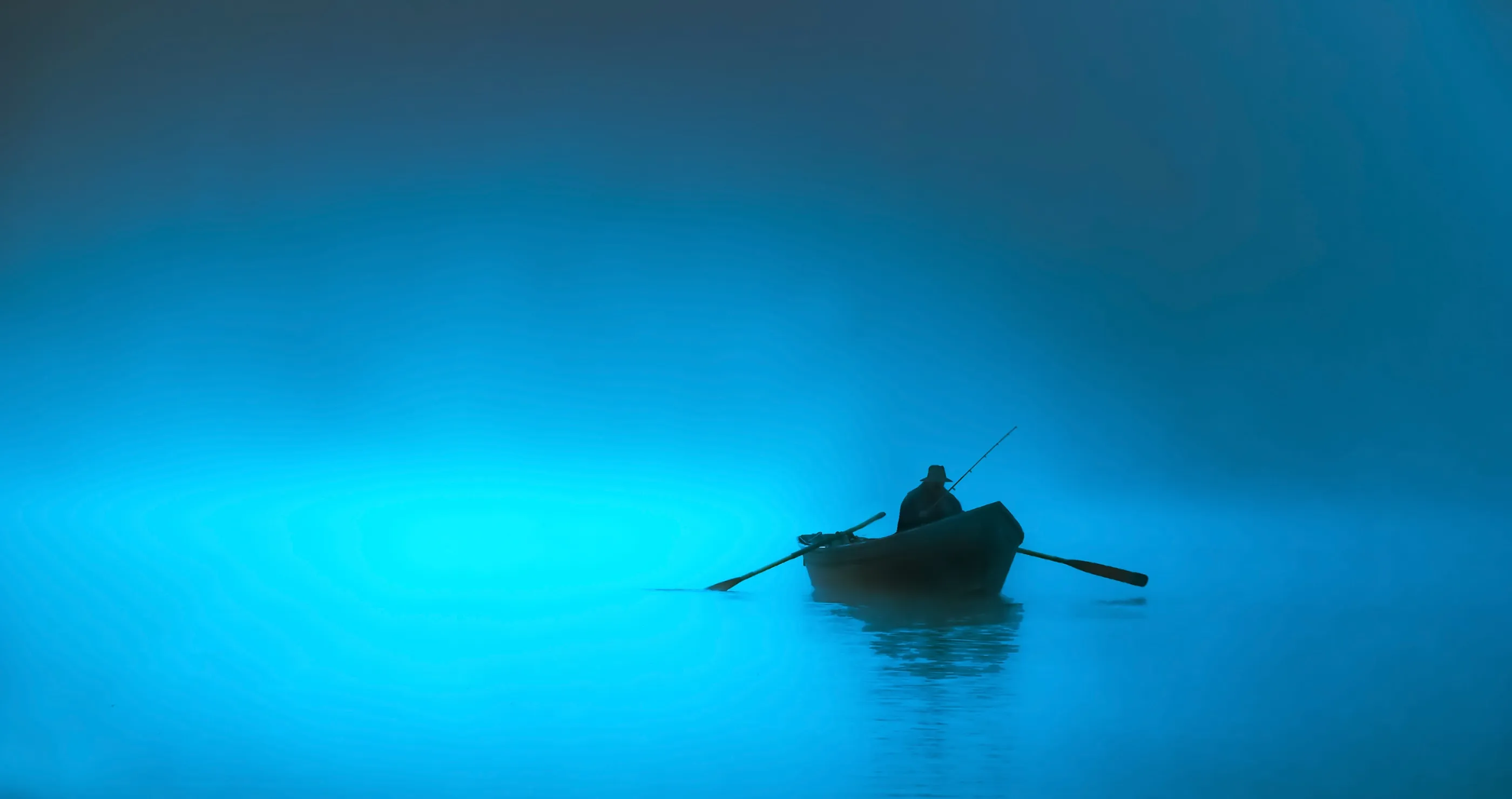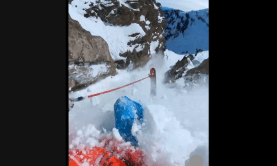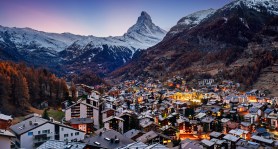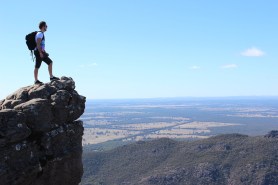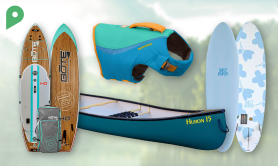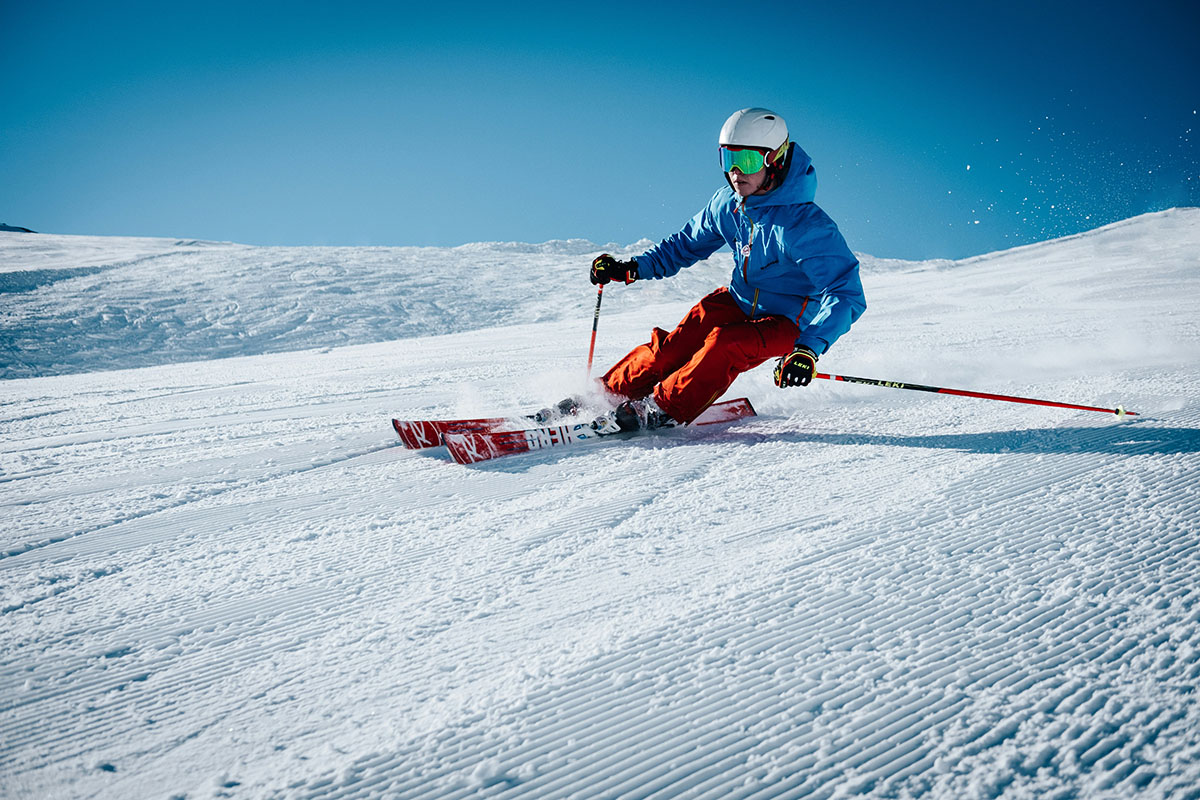

What’s better to wear when you’re hitting the slopes: a ski bib or ski pants? The question requires one of those subjective answers like gloves or mittens, scarf or balaclava, or Coke or Pepsi. Even though they all serve the same purpose, the answer is a matter of preference.
Videos by Outdoors
A ski jacket is to your arms and body as a ski bib or pants is to your legs. They’re meant to keep you warm and dry amid colder climates and wet conditions. The main difference between the two is that bib pants provide extra protection as they cover part of your chest and pocket space on your lower body.
Yet, it raises the question: when should you wear a ski bib and when should you wear ski pants? In this article, we’ll compare the two and explain why you’d choose one over the other.
Check out our other guides on ski gear, including: the best cross country skis and heated ski socks.
Overall Best Bibs and Pants
Ski Bibs vs Ski Pants
Ski Bibs
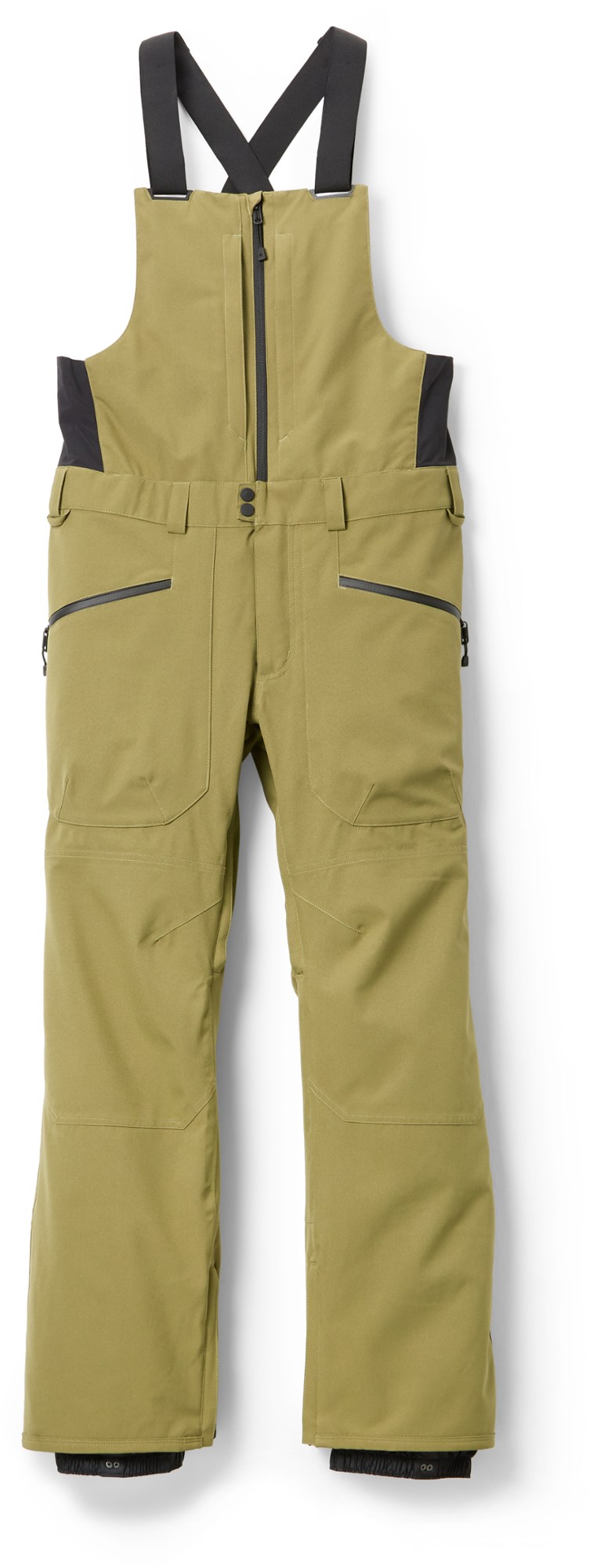
A ski bib — or snow bibs, ski overalls, or bib pants – is an insulated and waterproof outer layer that covers your lower body and chest, and they secure with a pair of built-in suspenders.
With that said, they’re built to provide greater coverage than a pair of pants. That sort of protection is ideal for areas with deeper snow and especially cold days.
Benefits
Compared to ski pants, the main benefit of bib pants is that they offer superior protection for your upper body from the snow.
Because a bib covers so much of your body, it provides an extra layer of protection under your ski jacket, meaning they’re designed to prevent snow from reaching your mid-layer or base layer (or bare skin). An extra layer also means that your body is better insulated on cold days.
Another benefit is extra gear storage. Because a bib covers so much of your body, there’s more space for pockets. In addition to standard hand pockets and a thigh pocket or pockets, some ski bibs feature chest pockets.
And since they’re secured with shoulder straps, you’ll have an easier time adjusting them for a more comfortable fit, especially in the crotch.
For those reasons, a lot of people like to wear bib pants while snowboarding or ski touring, which is another term for backcountry or cross-country skiing. You’re essentially venturing out into the wilderness, so bib pants offer greater snow protection, shield you from cold wind, and provide more pockets for storing gear.
Complaints
There are two common complaints about wearing a bib pant.
The main complaint is that they’re too warm. While that might sound like an odd thing to say about ski wear, you should dress to protect your body from outside moisture as well as perspiration. Of course, you could also address the heat issue in other ways, mainly by wearing fewer layers beneath the bib pants.
One of the most common questions about bib pants is: “Are you supposed to wear pants under snow bibs?” The answer is: you can if you want to. There are no hard rules with pants and bibs. If you know you want the added insulation under your bib pants, by all means, wear pants.
The other common complaint is that ski bibs make it harder to use the bathroom because you have to pull the suspenders off of your shoulders. However, most of the bib suspenders are equipped with quick-release snaps, so you won’t have to completely remove your jacket before you mount the throne.
Price
Ski bibs come in a range of price points.
For less than $100, you’ll find children’s sizes, older model ski bibs, adult sizes with limited storage space, and designs with insulated but non-waterproof fabric.
Between $100 and $200, you’ll find fewer brands and older designs, but the bibs are still made from good quality material.
For more than $200, you’ll find a lot of premium brands, more pockets, specialized features like reinforced knees, and higher-quality materials like Gore-Tex.
Best Ski Bibs
- Men’s: The North Face Freedom Bib Snow Pants
- Women’s: Burton Avalon Bib Pants
Ski Pants
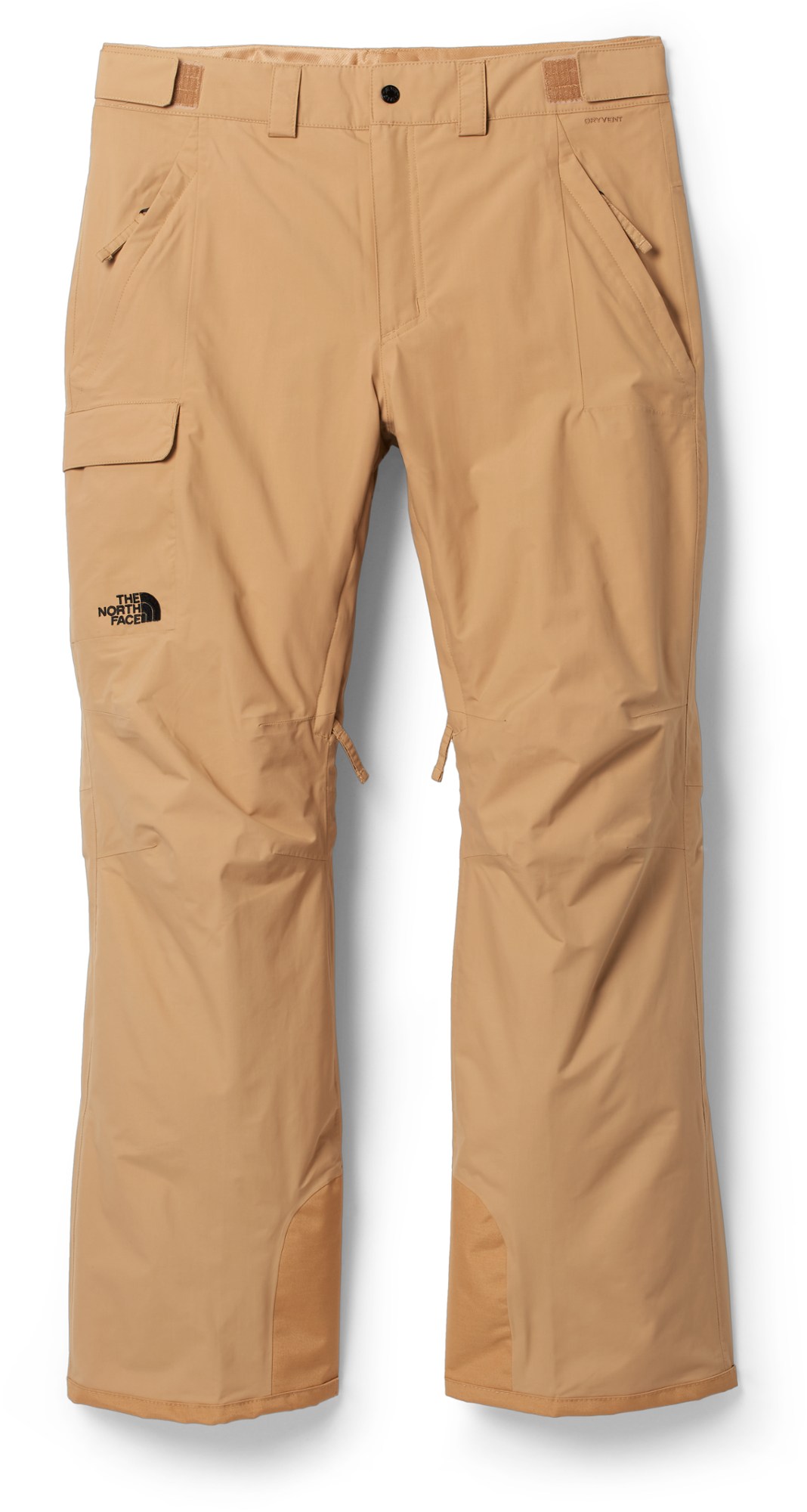
Ski pants, or snow pants, fit much like regular pants. They cover your legs, stop at your waist, and you secure them with a belt or a drawstring (because most don’t have suspenders).
They serve as a waterproof layer to protect your legs from the cold, wet snow. And while they’re often insulated, you can easily find soft shell pants and let your base layer do the warming while you’re on the slopes.
Benefits & Complaints
As we mentioned above, the benefit of wearing regular ski pants is that they’ll keep you warm and dry, but many skiers also find them to be more comfortable than bibs because you can buy specific inseam sizes (much like pants). For that reason, they usually fit better.
On the flip side, maybe your pants don’t have belt loops and you don’t want to tighten the waist. In that case, you could find a pair of ski pants called salopettes, which are held up with shoulder straps.
Other benefits of ski pants appear only when you compare them to ski bibs. For example, they weigh less and there is a wider variety available at a lower price point.
Likewise, ski pants as a category only have drawbacks when they’re compared to bibs. While sizing is customizable, you can’t adjust them as well because they have to fit around your waist. Also, ski pants only cover your lower body, so they won’t have as many pockets.
Price
The recommended retail price for traditional ski pants – as they’re made from waterproof fabric with insulation – is less than $150, but the real-world price is between $50 and $100. If you’re willing to spend more than $200, you can find ski pants with more storage options and higher-quality fabric and/or stretch fabric.
Best Ski Pants
- Men’s: Columbia Bugaboo IV Snow Pants
- Women’s: Columbia Bugaboo Omni-Heat Snow Pants
Check out our list of the best women’s ski pants.
Which One is Best for You
Whether you choose one or the other, both pants and bibs will offer you warmth, protection, and other key features while you’re skiing the slopes or the backcountry. Either one is must-have gear for skiing. With that said, there are circumstances in which one pair is better than the other.
With superior protection and more storage space, a ski bib is a practical choice, especially if you’re planning to trek through deep snow and colder climates to reach some fresh powder or if you need to dress a child.
On the flip side, choose ski pants if you’re skiing or snowboarding at a resort only a handful of times a season or if you know you run hot.
Also check out our guide to the best winter hiking pants.

